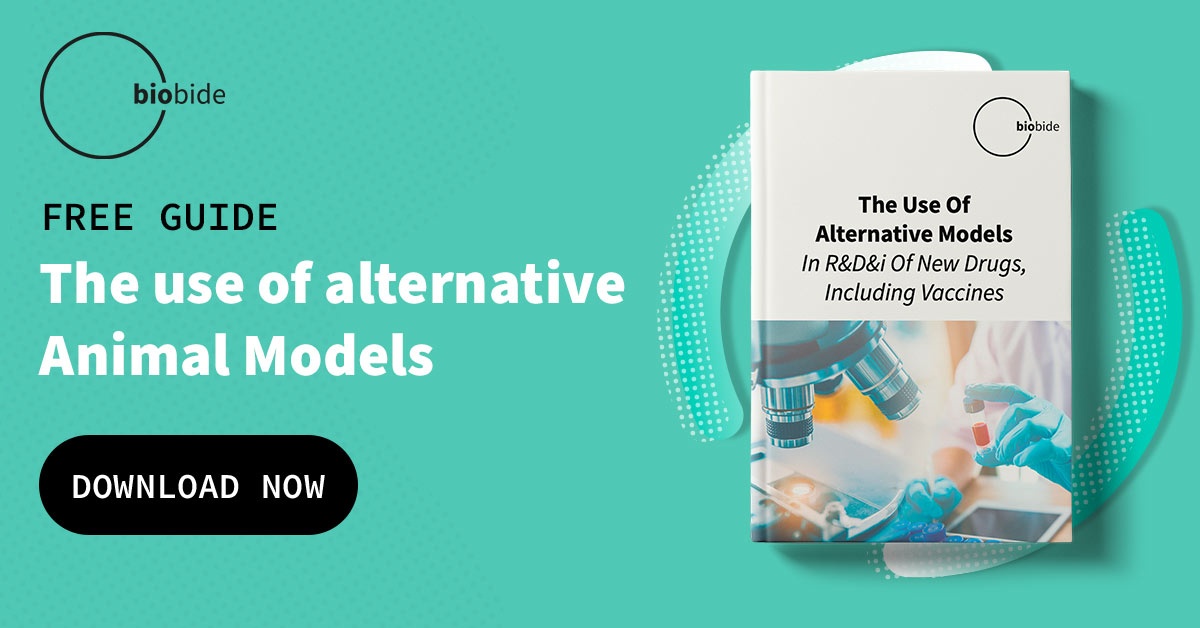From the initial studies through to final approval, drug companies spend billions of dollars each year. The cost of Drug Discovery and development has increased over the last 10 years, as the understanding of human diseases has become more complex, and research and development costs rise.

What Is The Average Cost of Developing a New Drug?
The ability to fund the cost of Drug Discovery and development by pharmaceutical companies has a vital impact on the success and approval of a drug.
The research and development average cost of bringing a new drug to market is approximately $2.6 billion according to a study published by the Tufts Center for the Study of Drug Development in 2019. In addition, the time taken to take a drug through the various development stages and get EMA (European Medicines Evaluation Agency) or FDA (US Food and Drug Administration) approval is on average 10 years.
A drug has to go through and pass several stages before it can be marketed:
- Phase I – Discovery and Development: Different compounds are tested for safety, efficacy, dosage, interaction, side effects and other factors. A process of elimination takes place, deciding on the compounds that can be taken to the next phase.
- Phase II – Preclinical Research: Before a drug can be tested on humans this phase must be performed. This is the stage when in vivo or in vitro testing occurs, using either animal or alternative assays. This stage also studies toxicity levels and dosage.
- Phase III – Clinical Trials: When a drug reaches this stage, it is considered safe to be tested on humans. Test groups are formed to study the effect of the proposed drug on the human body. These successive trials supply data that is then analyzed to decide if the development of the drug can still be progressed.
- Phase IV – FDA Review: If a drug is deemed appropriate to continue to the final stage of marketing authorization, it is submitted to the FDA for review and approval. The drug is then either approved (which can take up to a year), rejected, or additional testing is requested.
Each of these phases involves a major cost, with the pre-approval research and development costs amounting to approximately $312 million. In addition to the direct research and development costs, there are the background expenses of administration, staff, applying for the relevant regulatory approval etc. In some cases, volunteers are compensated during the trials, which is another cost of the Drug Discovery process.
Many drugs then fail during the clinical trial phase due to:
- Safety issues.
- A lack of efficacy.
- No further funding.
- Failure to follow FDA guidelines.
- Problems with study groups.
A failure means all previous costs have to be written off as the drug development is no longer valid. This is one of the reasons why it is mainly only the large pharmaceutical companies that are able to fund drug development, as for smaller companies the enormous costs are not viable.
How Alternative Models Can Reduce The Costs Of New Drug Development
The use of animals is expensive and time-consuming, in addition to having ethical issues. Alternative models are an ideal solution to accelerate and reduce the cost of Drug Discovery and development. These models include:
- Alternative species – e.g. Zebrafish which are considered to be in vitro until 5-6 days after fertilization
- Cell cultures – the growth of 2D, 3D, and 4D cell cultures
- Organs on a chip – an artificial organ that replicates the function of organs
- Computer simulation – computer technology to imitate cells
- Human cell models – a stem-cell-based system that can determine toxicity and efficacy
- Tissue engineering – simulating human tissue to test the repair
- Microfluidic chips – an organ culture system to analyze disease process
- Fungal models – to study drug metabolism
Each of these alternative models has financial benefits in terms of reducing the need for breeding costs, feeding and accommodation. In addition, it is much more cost-effective to buy and breed a large quantity of Zebrafish, than, for example, to purchase and maintain rats or mice.
Whilst drug development presents many challenges in terms of costs, alternative testing models offer a viable solution to trial, test, and get a drug to market more cost-effectively and faster than in the past.





